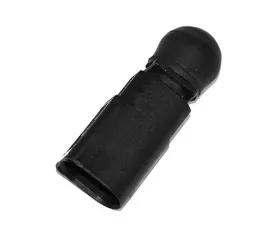Electrical Connectors
034 Motorsports Wire Connector 034-708-0000 for Audi A4/S4/A6/RS4/RS6/S6 (2000-2008)
A/C Ambient Air Temperature Sensor Connector Standard Ignition S-1641
A/C Auto Temperature Control Relay Connector Standard Ignition S-598
A/C Auto Temperature Control Relay Connector Standard Ignition S-640
A/C Auto Temperature Control Relay Connector Standard Ignition S-803
About Electrical Connectors
In order to correctly wire the rising number of electrical systems located within the vehicle, it is necessary to create a network of electrical contacts. The vast majority of electrical connectors used in the automotive sector have a two-piece design consisting of a socket and a tab. Connectors are designed with male and female component ends made of flexible and conductive materials, respectively. These materials give the connectors the ability to quickly connect to and detach from other components found within the vehicle.
Connectors give automobiles the electrical conductivity necessary to power their systems, as well as the thermal and electrical resistance necessary to endure vibrations, hazardous chemicals, and the elements of the environment. Because the effective operation of these electronic components is essential to the efficient operation of a greater number of the vehicle's functions, it is essential that each automobile wire termination and connection be durable and protected.
Electrical Connectors Design
By making different selections for the core material and the plating material, engineers can achieve a wide variety of design objectives. When deciding which material is most suited for an application, it is important to take into account a variety of factors, including cost, reliability, conductivity, and thermal stability, amongst others. Materials such as various grades of copper, steel, phosphor bronze, brass, various silver oxides, and various metal platings such as tin are frequently utilized for the production of electric terminals in the automotive sector. These materials are used to improve fretting and corrosion resistance.
Types of Electrical Connectors
Crimp connections come in a variety of sizes, and they are able to successfully fit even the largest diameters of wiring due to their adaptability. The following are five popular types of crimp-style vehicle electrical connectors: Seamless connectors are typically seamless crimp connections that are cut from spherical raw material, giving them the appearance of tubes. As in seam-type connectors, from flat stock, seam-type electrical connectors are cut. After that, the sheets are rolled into tubes, and the seams at the connection run the full length of the tube. In Non-Insulated Connectors, because these connectors really aren't insulated, it is necessary to use a tool similar to a riveter in order to insulate them after they have been crimped. Heat-shrink tubing should be used. Insulated connectors can be found in a variety of sizes and types, and their configurations can either be straight or angled outward. Therefore, it is essential to ensure that the connector fits the outside diameter and gauge of the wire's insulation. Heat-Shrink Insulated electrical connectors are the best sort of automobile electrical connectors. They are also the most expensive. Due to the fact that they are waterproof, they are perfect for use in marine environments as well as under the hood.
Mating type automotive electrical connectors are those electrical connectors for automobiles that are available in a variety of sizes and lengths and are primarily utilized in amplifiers & ignition boxes. Connectors and plugs are utilized to expedite vehicle assembly and disassembly during maintenance. The use of cable connectors facilitates the disassembly of consoles and dashboards and ensures that the wiring is compatible with the rest of the car.
Electrical Connectors Features
- High quality material
- High durability and reliability
- Includes necessary hardware to ensure quality installation
- Position: Rear, Front, Left and Right
- Sale Price: 30% or more
- Vehicle Type: For None, Cars, SUVs, Vans, Jeeps and Trucks
High-Quality Electrical Connectors at Vivid Racing
Vivid Racing manufactures and distributes high-quality electrical and electronic interconnection products for the automotive, on-and off-highway, hybrid, and electric vehicle markets. These products are used to mechanically and electrically join wires and cables, integrated circuit packages, printed circuit boards, and batteries. Our automotive connectors are designed to survive harsh environments and are constructed to meet the requirements of a variety of different industries.

.jpeg?q=90&p=thumb&w=200&h=200)
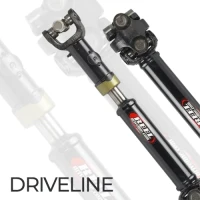
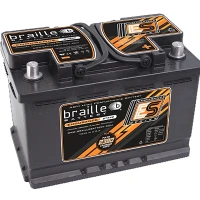
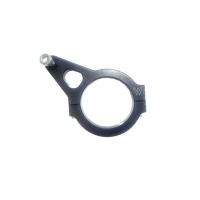
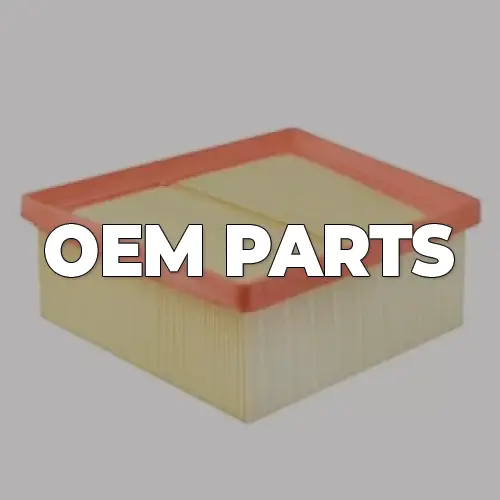

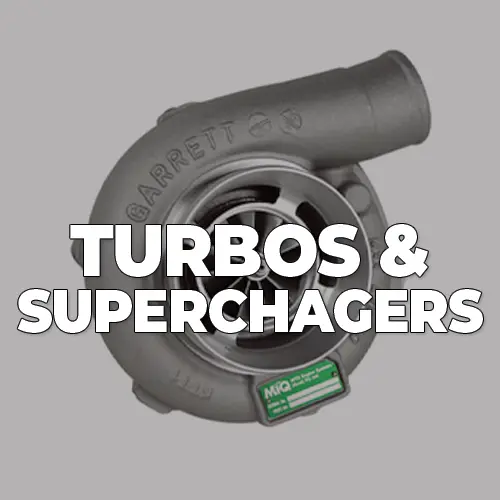

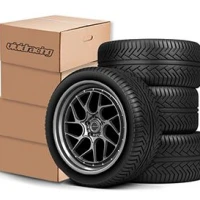

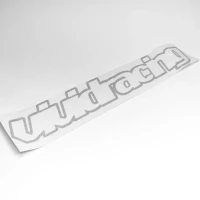
.jpeg?q=90&p=thumb&w=40&h=40) Brakes
Brakes  Driveline
Driveline  Electronics
Electronics  Handlebars & Controls
Handlebars & Controls  Package Deals
Package Deals  Wheel Accessories
Wheel Accessories  Wheels by Vehicle
Wheels by Vehicle  Universal & Repair
Universal & Repair  Vivid Racing Gear
Vivid Racing Gear 